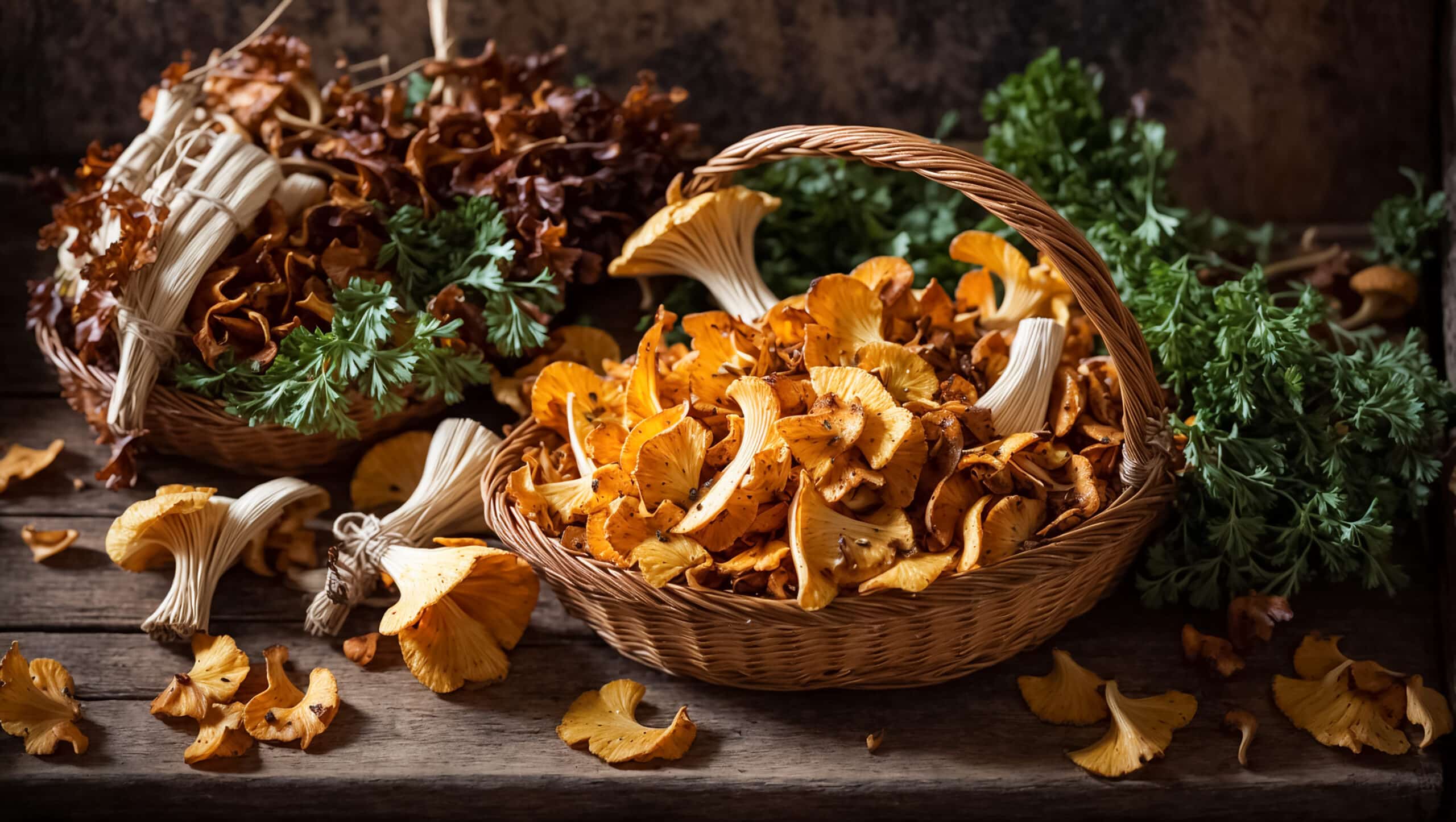Where is the best place to find chicken of the woods?
Key Takeaways
- The chicken of the woods mushroom is likely to grow on dead or dying deciduous trees, with oak trees being the preferred host.
- The best picking locations for chicken of the woods are low altitude plains with humidity and fairly low temperatures.
- The recommended time to forage for chicken of the woods is between August and October, during the summer and fall seasons.
If you are an avid mushroom forager or simply enjoy exploring nature, you may have heard of the chicken of the woods mushroom. This unique and tasty fungus is sought after by many for its vibrant colors and distinct flavor. But where exactly can you find this elusive mushroom? In this article, we will explore the best places to forage for chicken of the woods based on the information provided.
Deciduous Trees: The Preferred Habitat
According to the information gathered from various sources, the chicken of the woods mushroom is likely to grow on dead or dying trees, especially deciduous trees. These trees shed their leaves annually and include species such as oak, beech, maple, eucalyptus, yew, sweet chestnut, and willow.
While the chicken of the woods can be found on several types of trees, oak trees seem to be the preferred host. Therefore, if you are on the hunt for this mushroom, targeting oak trees would increase your chances of success.
The Best Picking Locations
When it comes to finding the chicken of the woods, location matters. Based on the information provided, the best picking locations are at low altitudes, particularly in the plains. These areas tend to have the right environmental conditions for the chicken of the woods to thrive.
In addition to low altitude plains, it is advisable to search for chicken of the woods in areas that have humidity and fairly low temperatures. The combination of these factors creates an ideal environment for the growth of this mushroom.
Seasonal Considerations
Another important aspect to consider when searching for chicken of the woods is the timing. According to the information gathered, the recommended time to forage for this mushroom is between the months of August and October. These months fall within the summer and fall seasons.
During this period, the chicken of the woods is more likely to be in abundance, making it easier for foragers to locate and harvest. It is important to note that mushroom seasons can vary based on climatic conditions and geographical location, so it is always a good idea to consult local resources or experts for the most accurate information.
Conclusion
In conclusion, the best place to find chicken of the woods mushrooms is on the trunks or stumps of deciduous trees, particularly oak, beech, and maple. These mushrooms are commonly found on mature trees that are at least 10-15 years old, especially those showing signs of decay or damage. The ideal picking locations are at low altitudes, in the plains, where there is humidity and fairly low temperatures. It is recommended to search for chicken of the woods between the months of August and October, during the summer and fall seasons.
Related Websites:
FAQs:
Q: What are the culinary uses and nutritional benefits of chicken of the woods?
Chicken of the woods is a versatile fungus that can be used in various dishes, such as stir-fries, soups, and sandwiches. It has a meaty texture and a mild, slightly nutty flavor. Additionally, it is rich in protein, fiber, vitamins, and minerals, making it a nutritious addition to any diet.
Q: Where can I find chicken of the woods in the wild?
Chicken of the woods can typically be found in forest ecosystems, particularly near decaying trees, logs, or stumps. It is commonly found in certain types of forests, such as oak or beech forests. Parks, nature reserves, and hiking trails are potential locations where you can search for this fungus.
Q: What are some key features to look for when identifying chicken of the woods?
When identifying chicken of the woods, look for its vibrant orange or yellow coloration, shelf-like growth pattern, and soft, fleshy texture. It often has a chicken-like smell and can vary in size. Be cautious of similar-looking fungi, such as the toxic sulfur shelf, by examining distinctive characteristics and consulting expert resources.
Q: Are there any safety considerations when foraging for chicken of the woods?
It is important to practice responsible foraging and preserve natural habitats. Obtain necessary permissions and permits if required, especially on private or protected lands. Additionally, exercise caution to avoid contaminated areas and be aware of poisonous look-alikes. If you are unsure about the identification of a fungus, it is best to consult experienced foragers or mycologists.
Q: Do you have any expert tips for finding chicken of the woods?
Experienced foragers and mycologists suggest observing specific forest indicators, such as the presence of certain tree species or signs of decay. Look for potential chicken of the woods habitats, such as oak or beech forests. There are also additional resources and organizations that provide guidance on wild mushroom foraging, which can help enhance your chances of finding this fungus.






